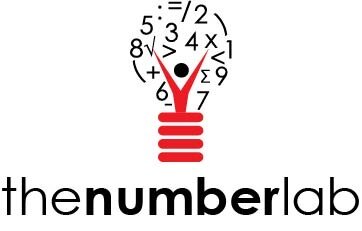Analyzing Algorithm Playlist
The Analyzing Algorithms Thought Exercise encourages the careful analysis of the disciplined thinking of a mathematician, that is: a mathematician whose assertion is a coherent composition of mathematically justifiable statements that help to substantiate the reason that a purported solution is, at the very least, reasonable. Engaging learners in this way underscores the importance of proof - truth or credibility is established by sound reasoning - in mathematics as well as the importance of being able to clearly communicate or present proof in order for it to be accessible to one’s audience.
In this video Kevin is projecting two images that he captured during Studio the day prior. Each of the images display algorithms created by learners as they considered the expression 3.4(.7), or "3 and four-tenths of seven-tenths." Consistent with the Analyzing Algorithms Thought Exercise, Kevin mediates a discussion in which the band carefully analyzes each line of each of the algorithms in an effort to understand the thinking of the two mathematicians. In this case, Kevin is ultimately leading the group to compare the use of the distributive property of multiplication employed in order to simplify the expression (left image) and the utilization of the associative property (right image). Watch the video and notice:
**the coaching Kevin does related to critical listening, qualities of effective group discussions, the necessity of involving many voices in a conversation, the importance of being precise in your communication, the necessity of explaining your thinking so as to be sure your audience understands, how listening carefully holds the key to increasing your knowledge, and the necessity of not “taking it away” from a peer who is already speaking
**the mathematical terrain that is uncovered such as the relationship between the common fraction form and decimal form, thinking substitutivity in order to make computations more efficient, adding as the combining of like terms, the idea that expressing a fraction multiplicatively (ex. 4/10 expressed as 4 (1/10) ) provides the opportunity to look for like terms, the vinculum as a division operator, the importance of carefully reading numbers (ex. 2.10 as “2 and ten-hundredths”), the power of thinking distributively, and associating once you have a multiplicative series.
Feature 3
Donec eu est non lacus lacinia semper. Vestibulum ante ipsum primis in faucibus orci luctus et ultrices posuere cubilia Curae. Vestibulum ante ipsum primis in faucibus orci luctus et ultrices posuere cubilia Curae.
